Sodium Ion Battery Market Summary
As per MRFR analysis, the Sodium-Ion Battery Market Size was estimated at 589.6 USD Billion in 2024. The Sodium-Ion Battery industry is projected to grow from 723.63 USD Billion in 2025 to 5611.7 USD Billion by 2035, exhibiting a compound annual growth rate (CAGR) of 22.73 during the forecast period 2025 - 2035.
Key Market Trends & Highlights
The Sodium-Ion Battery Market is poised for substantial growth driven by technological advancements and increasing sustainability efforts.
- The market is witnessing a growing adoption in electric vehicles, particularly in North America, which remains the largest market.
- Advancements in battery technology are enhancing the performance and efficiency of sodium-ion batteries, especially in the Asia-Pacific region.
- Sustainability and resource availability are becoming critical factors, with sodium nickel manganese chloride leading the largest segment.
- The increasing demand for renewable energy storage and the cost-effectiveness of sodium-ion batteries are key drivers propelling market expansion.
Market Size & Forecast
| 2024 Market Size | 589.6 (USD Billion) |
| 2035 Market Size | 5611.7 (USD Billion) |
| CAGR (2025 - 2035) | 22.73% |
Major Players
CATL (CN), BYD (CN), Tianjin Lishen Battery (CN), A123 Systems (US), Farasis Energy (CN), Sungrow Power Supply (CN), Natron Energy (US), Toshiba (JP), Sion Power (US)


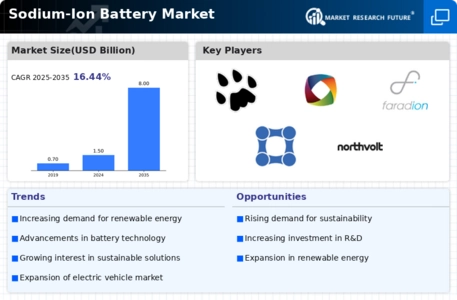
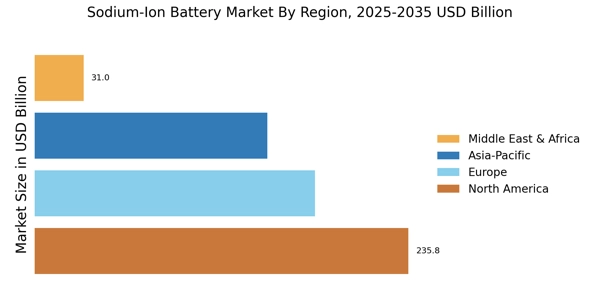
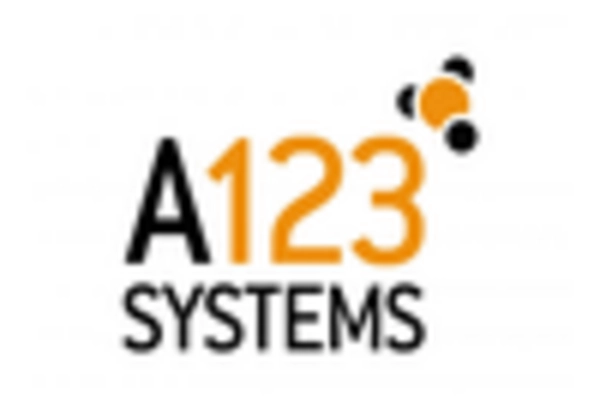
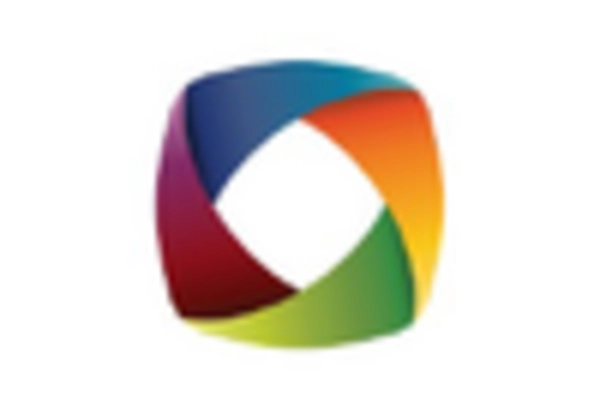

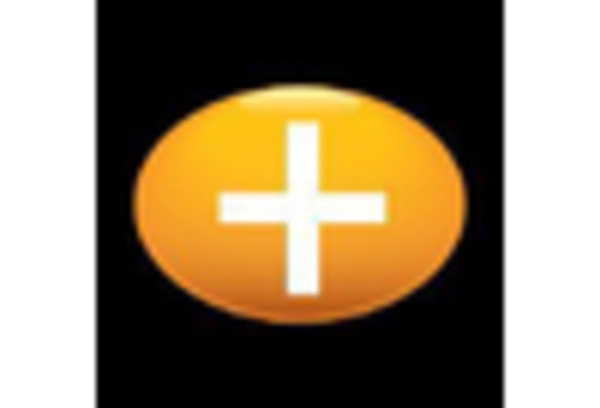
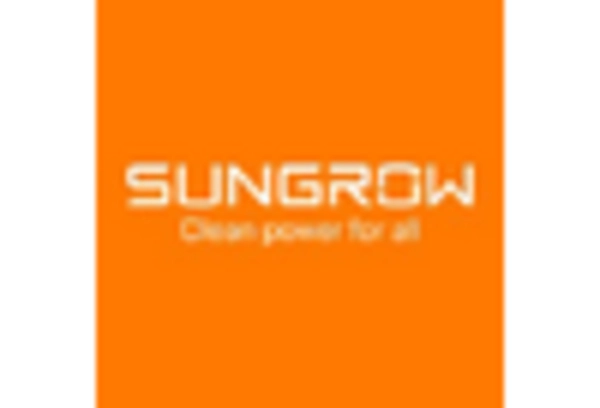
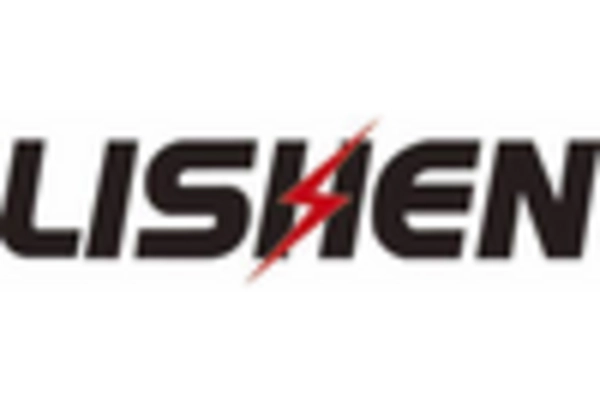








Leave a Comment